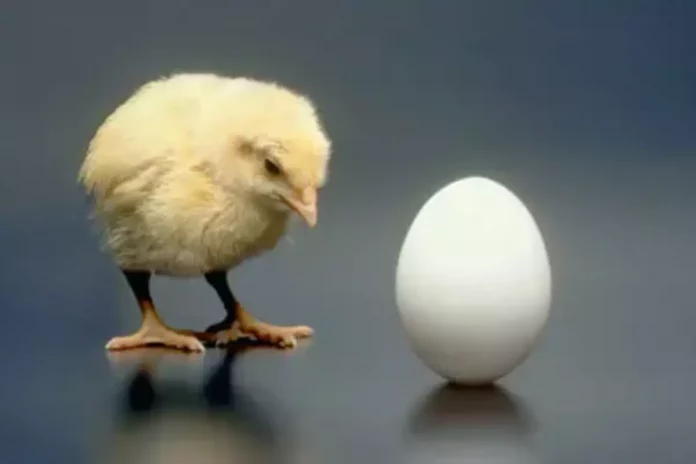Viral News: A new study in a science journal is close to solving an age-old problem; What came first, Chicken or Egg? This question has puzzled not only young minds but scientists as well.
According to an India Today report, scientists have nearly answered this question after studying several amphibians and lizards. Amphibians are animals that can live on land and water. Frogs and tortoises are amphibians.
A new study, that India Today relies heavily on, suggests that the ancestors of mammals, lizards and animals may have given “birth to live young, instead of laying eggs.”
Scientists base this conclusion after studying 51 fossil species and 29 living species.
Broadly, animals can be classified into oviparous and viviparous. While oviparous lay hard or soft-shelled eggs, viviparous give birth to live creatures.
What happened before the appearance of amniotes?
Researchers start their study with amniotes, which are one of the most successful groups of our animals on the planet. Amniotes are animals whose embryo is surrounded by the amniotic fluid.
The India Today article says that before the amniotes arrived, “A group of vertebrates that undergo embryonic or fetal development, the first tetrapods to develop limbs from fish-like fins were predominantly amphibious in their habits.”
These tetrapods had to live in or near water for feeding and breeding.
When amniotes arrived on land nearly 320 million years ago, these creatures developed a waterproof skin that stopped water loss.
Professor Michael Benton from the Benton School of Earth Sciences says the amniotic pod helped the amniotes to dominate the terrestrial ecosystem.
New theory
The above view is challenged by many biologists who say that fossils have revealed “that many of these species were live-bearers.”
This path-breaking study has been published in the widely respected Nature Ecology and Evolution journal.
Keep watching our YouTube Channel ‘DNP INDIA’. Also, please subscribe and follow us on FACEBOOK, INSTAGRAM, and TWITTER




